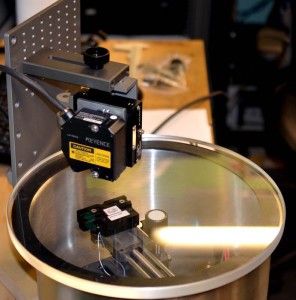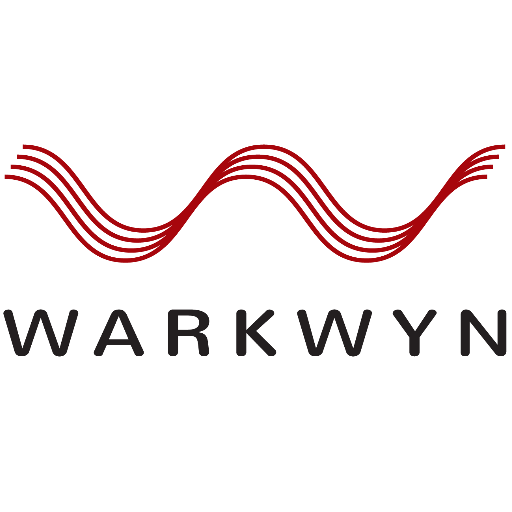In a vacuum there is no sound. So, why would we want to make acoustic measurements in vacuum? Performing measurements in a vacuum can be very helpful as it allows separation of mechanical resonance issues from air loading effects. This is especially important when trying to converge an FEA model with vibrational measurements. It is especially helpful for very small transducers such as microspeakers and microphones.

All of the Klippel laser and electrical measurements such as LPM (Linear Parameter Measurement), LSI (Large Signal Identification), and SCN can be performed in a vacuum chamber. The clear acrylic cover of the chamber allows laser vibrometer scanning to be performed in a vacuum. We can compare the vacuum measurements to those obtained in atmospheric pressure to see the effect of the air loading.
The main vacuum chamber has capacity for a transducer up to 280mm OD x 125mm deep. The chamber is pumped to a rough vacuum (~1mBar) with an oiless pump.
